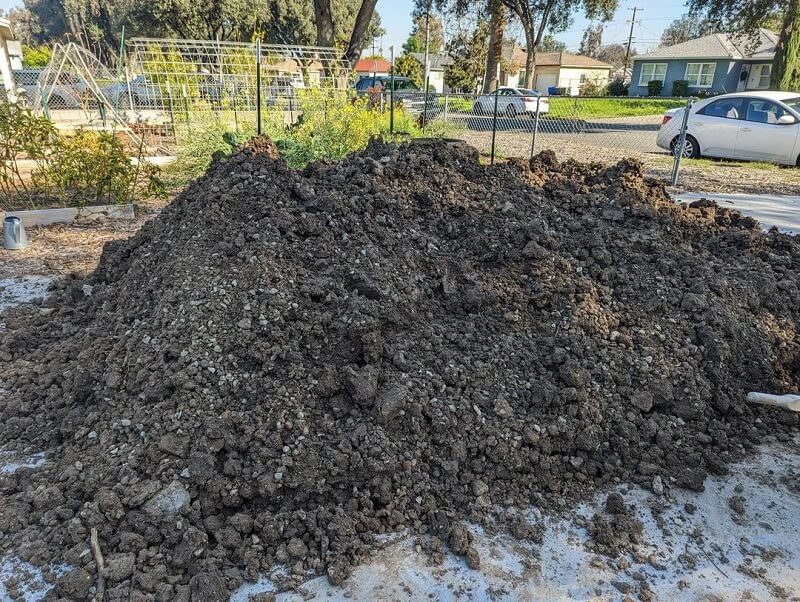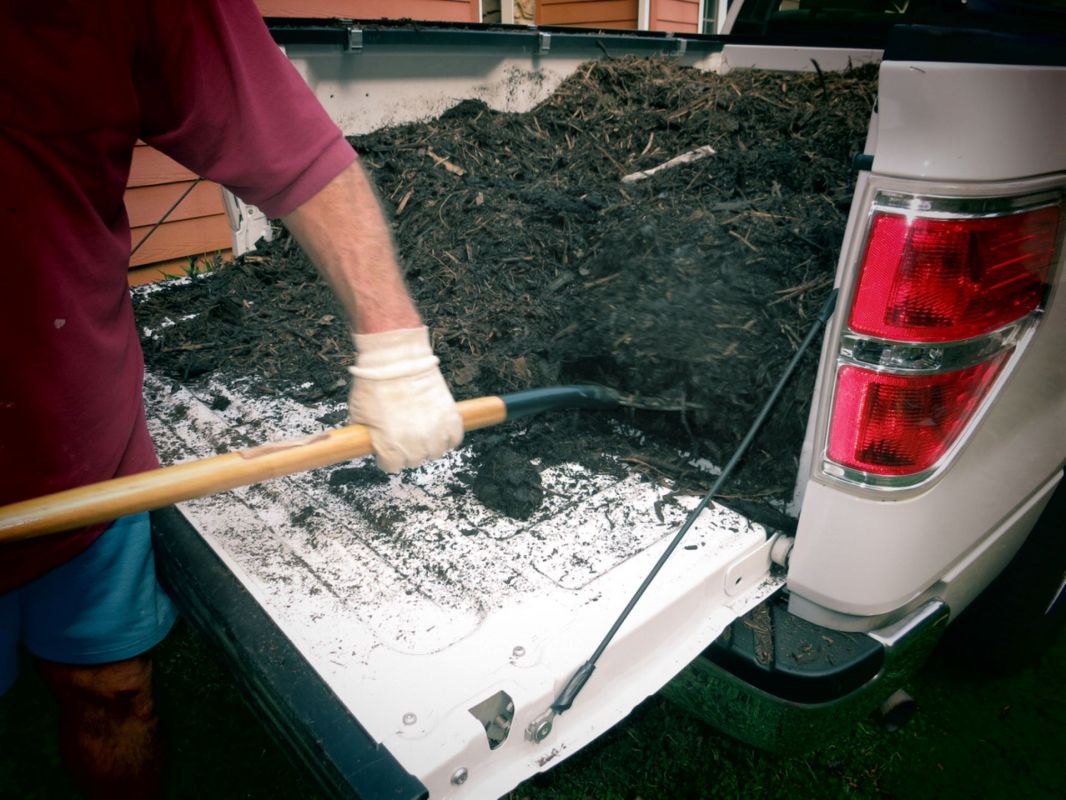Looking to grow a garden on a budget? There are plenty of how-to guides to help get you started, but as a warning of what not to do, check out this post on Reddit's r/gardening subreddit.
The poster explained that it all started as a search to fill garden boxes with soil on the cheap. They thought they found their solution when they came across a Craigslist advertisement for free dirt delivery, but the author soon realized the deal was too good to be true. Instead of balanced, mineral-rich soil, what they received was mostly clay and gravel.

"Dirt is the one part of the gardening process that you don't want to cheap out on," one Reddit user commented on the post. "With bad soil, nothing will grow. It's worth investing in quality there."
They're right. For garden projects, healthy soil is a must if you want strong, fruitful plants. Depending on your garden or landscaping project, the type of soil you'll need varies.
Soil is comprised of three main particles: sand, silt, and clay. Each particle plays a different role. Sand increases water drainage, silt promotes water retention,and clay provides nutrients and a strong foundation for roots. The ratio of these particles determines the type of soil.
For example, loam — soil made up of 40% sand, 40% silt, and 20% clay — is generally considered the best type of soil for most garden projects. This is because loam can both hold and drain moisture, allowing sufficient air for microbes and plant roots in the soil. Mix in some organic matter like compost, and your plants will surely thrive.
Other landscaping endeavors require different soil consistencies. One Reddit user guesses that the clay and gravel mixture received by the post's author wasn't meant for gardening but a different project entirely:
"Offload it to someone else on Craigslist who is looking for what, in the U.S., is called 'fill dirt,'" they wrote. "This is the stuff that you use to build terracing, not for gardening."
Fill dirt mostly consists of sand, clay, and gravel. Devoid of any organic matter that would eventually decompose, fill dirt won't shift over time, making it ideal for filling space, as the name suggests. It is commonly used in landscaping and construction projects to fill holes, low spots, or other areas that need to be raised or leveled.
While fill dirt wasn't what the OP needed for their project, it serves as a good reminder for everyone to apply caution when purchasing things secondhand. While it may seem more affordable, it may end up costing you more in the long run — much like it has for the OP.
"Sometimes we get what we pay for," commented one user.
"Pay someone to take it?" another user suggested, to which the OP replied: "Ooof yeah, I may just have to bite the bullet and do something like that. Expensive lesson to learn, pay to get rid of the dirt and then pay to get proper soil!"
Join our free newsletter for easy tips to save more, waste less, and help yourself while helping the planet.









